Buying a SIM Card or eSIM in Ireland
We may earn a commission from purchases you make after clicking links on this site. Learn more.Let’s face it, traveling in Ireland is an absolute delight. With beautiful countryside, friendly locals, glorious old pubs, and more spectacular tourist attractions than you can shake a shamrock at, it’s a country that richly rewards the ten million-plus people who visit it each year.
Staying connected while you’re there is refreshingly straightforward and, at least if you choose the right company, relatively cheap as well. For not a lot of money and a minimal amount of effort, you’ll get more data, calls, and texts than you’re ever likely to use.
If you’d prefer to get set up before you leave home and connected as soon as you arrive, several companies offer travel eSIMs with plenty of data for the cost of a couple of pints of Guinness.
Here’s everything you need to know.
Companies
There are three network providers in Ireland (Vodafone, Three, and eir), supplemented by several resellers. As usual, the best deals are with the resellers: what you lose in customer service, you make up for with money in your pocket.
Vodafone has the most customers, closely followed by Three, with eir a distant third. There isn’t a lot of difference between the 4G/LTE networks of any of the three companies: you’ll get good service in cities and towns with all of them, and spottier service in rural and remote areas.
5G networks are being rolled out by all three network providers, but not all prepaid plans include access to them. There’s only coverage in limited areas at this stage, so with LTE speeds being generally good, there’s no particular reason to seek out 5G right now.
Tesco Mobile is the largest reseller in the country, and offers the best mix of price and convenience for travelers who need a local phone number. It uses the widespread Three network, and LTE data speeds are more than fast enough for anything you’ll want to do while you’re there.
Travel eSIM for Ireland
On our most recent trip, while I bought a physical SIM card, my partner went with an eSIM instead. Standing at the baggage reclaim in Dublin Airport, she connected to the free Wi-Fi, bought and activated her SIM on the website in a couple of minutes, and was good to go.
It was, shall we say, a much more enjoyable experience than the one I had, traipsing around the neighborhood near our hotel for an hour trying to find somewhere that sold SIM cards.
Need travel insurance for Ireland?
Need travel insurance for Ireland?
She usually uses Airalo, and this trip was no exception. As usual with most travel eSIMs, it’s data-only: no calls or texts on offer here. We didn’t need to make or receive a call the entire time we were in the country, so it didn’t exactly hold us back.
That said, when I’m traveling with a data-only SIM or eSIM, I just use WhatsApp, Skype, and Google Voice for all of my texting and calling needs anyway. It’s served me well for the last 10+ years!
Service was on the Three network, the same as the Tesco Mobile SIM, and upload and download speeds were unsurprisingly about the same.
If you’re new to eSIMs, they offer big benefits to travelers in terms of how quickly, easily, and (often) cheaply you can get connected when you arrive in a new country. Most recent phones support them, and you can read all about them here.
How to Buy a Prepaid SIM Card in Ireland
As with many parts of the world, if you choose to buy your SIM card at the airport, you can expect fewer options and higher prices. At Dublin Airport, I saw signs for Vodafone SIMs, but none of the other providers. Unless you go with an eSIM instead (discussed above), expect to pay 25€ for a large chunk of data and unlimited calls/texts.
Instead, I’d recommend waiting until you get into the city, and seeking out a Tesco supermarket instead. There are dozens of them in Dublin alone, from small Express stores to full-size supermarkets, and you can buy a Tesco Mobile SIM card in any of them. For most people, they’ll be much cheaper than Vodafone.
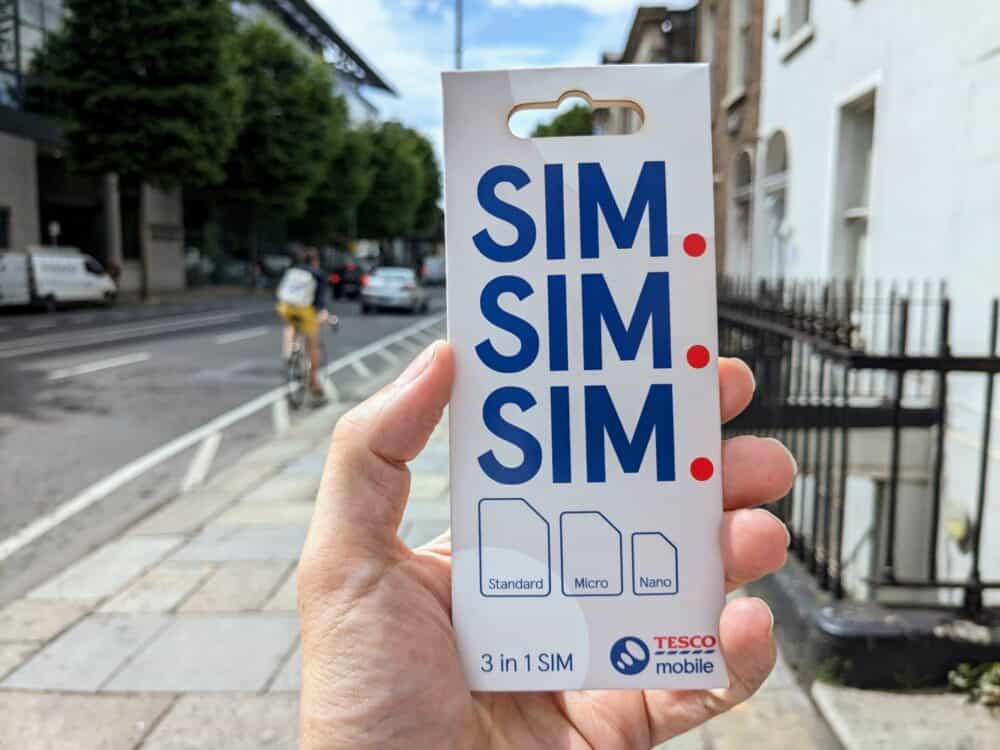
I walked into a Tesco Express close to Temple Bar, where SIM cards were available beside the self-checkout machine. If you do use one of those machines, it’s worth asking for assistance: you need to scan the SIM packet and manually add top-up credit on the screen, which then gets discounted down to 0€.
It’s not a complicated process, but you do need to get it right to make sure you get your free credit. Be sure to grab all of the receipts that the checkout machine spits out: one of them has the code for adding that credit to your SIM.
I walked out with the SIM, and put it in my phone once I got back to my hotel. It took a couple of minutes to activate, after which I added the credit by dialing the code shown on the receipt.
About ten minutes later, I received texts that told me the “Prepay Data Plus” plan had been activated, along with the exact details and how long it would last. I didn’t need to do anything to choose this plan: once the credit was added, it activated automatically.
Prepaid SIM and eSIM Costs
Tesco Mobile
Tesco Mobile keeps things refreshingly simple, at least if you’re buying your SIM instore. At the supermarket I chose, the pack cost 15€, with 15€ of credit included. As mentioned above, you do need to add that credit separately if you’re using a self-checkout machine: ask for help if you’re not sure.
Once I added that credit via the code on the receipt, it was automatically used to buy a Prepay Data Plus pack. With that, you get 100GB of data, 500 domestic calling minutes and texts, and unlimited calls and texts to other Tesco Mobile numbers. Good luck getting through all of that in the 28-day validity period!
You may find other SIM packs available in larger Tesco stores, but it’s worth checking exactly what you get with them. The 15€ Data Plus pack is the best deal for most people: cheaper plans typically don’t include a data bundle, and are a false economy unless you really do only need calls and texts.
Airalo
For our two-week trip, Airalo had the best pricing on a useful amount of data. We’ve used them all around the world, and never had a problem with service or speed. My partner bought a 5GB/30 day package, and it was more than enough to get her through. Larger and smaller data packs were also available.
It’s not the only game in town, though: several other companies also sell travel eSIMs. I’ve compared many of them in the past, and here’s how the best ones stack up in Ireland. There isn’t a lot in it price-wise, but Nomad is the way to go if you need a lot of data.
Topping Up
Tesco Mobile
You can buy top-ups in any Tesco supermarket, either at the self-checkout machines or from a cashier, in 5€ increments from 5-30€. You can also buy top-ups online, using a debit or credit card.
Note that while you can renew your Data Plus pack for another 28 days before the old one runs out, you’ll lose any remaining data/calls/texts when you do.
Airalo
Topping up with Airalo is done through logging into the website or app. You just select your Ireland eSIM, hit the top-up button, and pick whichever option sounds appealing.
All of the top-up packs have exactly the same pricing and duration as the original eSIMs: there’s little difference between topping up your current eSIM and buying a new one, other than not having to activate it.
Get regular updates from the world of travel tech and remote work
News, reviews, recommendations and more, from here and around the web
Coverage and Data Speeds
Ireland is a small country, but outside the cities, it’s a sparsely-populated one as well. That means that while you’ll get good coverage in most of the major tourist areas, things are more hit and miss in rural parts of the country no matter which provider you’re using.
That’s what I found while walking the Wicklow Way for a week. Close to Dublin, I had good, consistent service. The same applied in most towns and villages, but in between them, I’d often have one (or no) bars of service and noticeably slower data speeds.
Those gaps in coverage become larger as I walked further south, although it was still rare to have no service for more than a few kilometres at a time. As you’d expect, coverage tended to be better up on the hills and mountains than down in the valleys.
The other thing worth mentioning is that while beautiful old stone pubs are full of good cheer and cozy atmosphere, one thing they aren’t full of is cell service. All that brick and stone does a very good job of blocking radio waves: you’ll often need to step outside if you want to take a call or check your email!
Both Tesco Mobile and Airalo use the same cellular network (provided by Three), and there was no difference between the physical SIM and the eSIM in terms of either speed and coverage.
That’s not always the case (it’s possible for one company to throttle data speeds to a certain level while another one doesn’t), but it was true here.
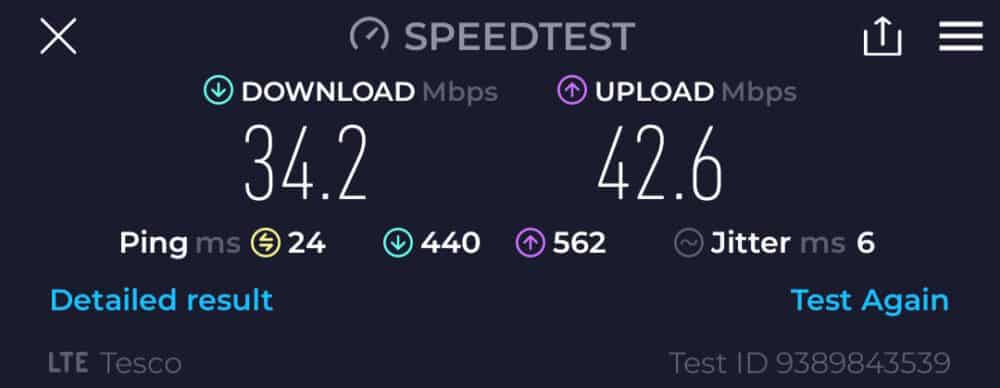
EU Roaming
Ireland is part of the European Union, so EU roaming regulations apply. These “roam like at home” rules ended roaming charges across much of Europe in 2017, letting you use a SIM card from any EU country across all the others at no extra charge.
There are some permitted exceptions and limits, however, especially with large data packages. With the Prepay Data Plus pack discussed above, for example, while you get 100GB of data to use in Ireland, only 13.55GB of that is available for use elsewhere in the EU.
While the UK is no longer part of the European Union, free roaming with Irish SIMs is still available, and should remain so for the foreseeable future. That’s true for both Northern Ireland and the mainland UK.
It’s worth noting that you need to create an account on the Tesco Mobile site and activate roaming before your SIM will work elsewhere in the EU or the UK. It only takes a few minutes, at least, and you can do it from outside the country if you forget to set it up before leaving Ireland.
Check out our guides to SIM cards and eSIMs in 65+ other countries here.
All images and screenshots via author

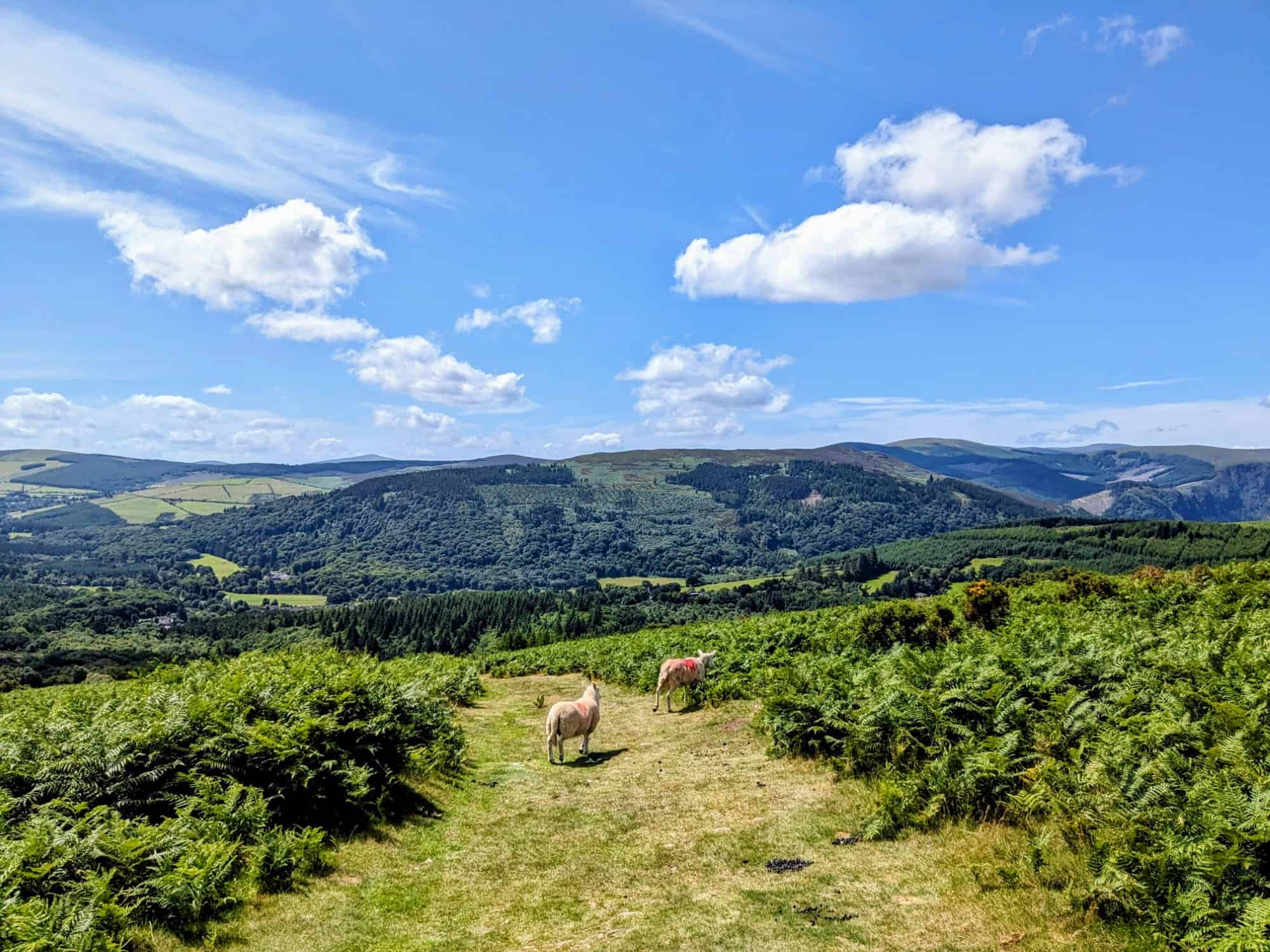
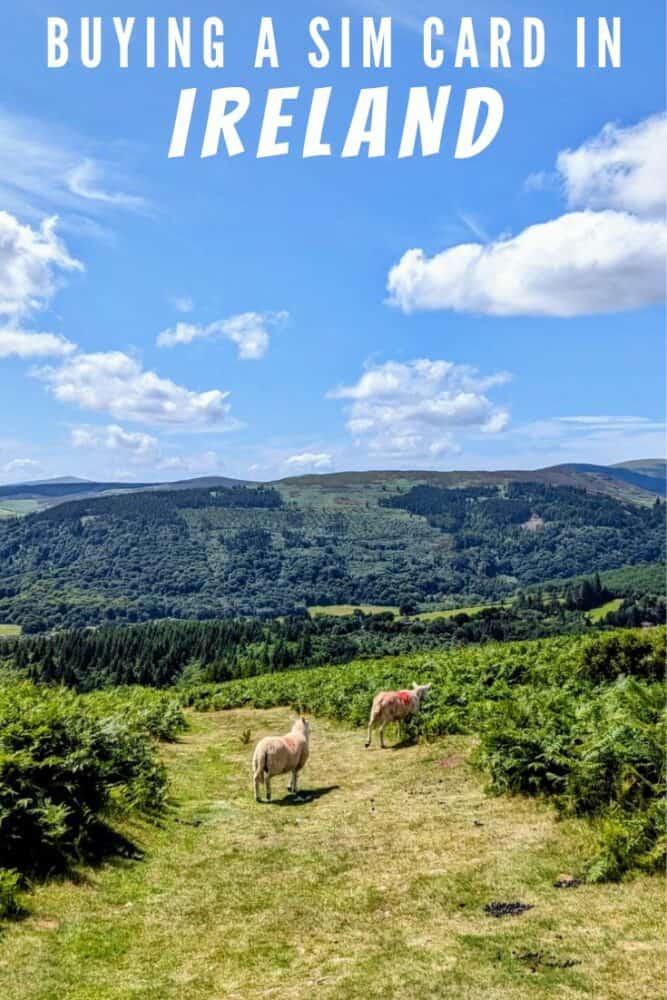

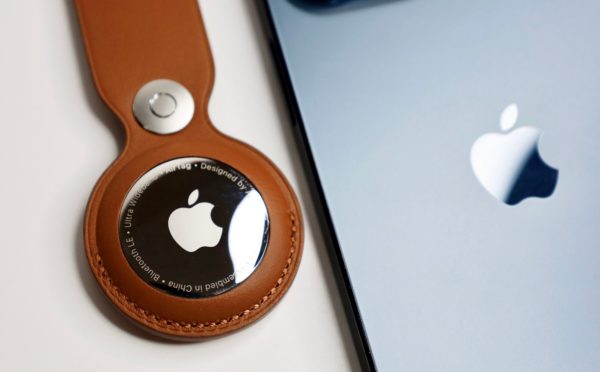
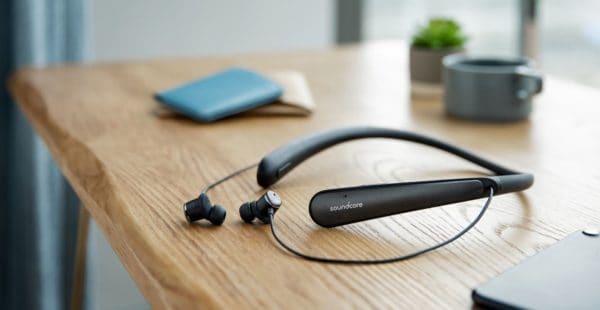
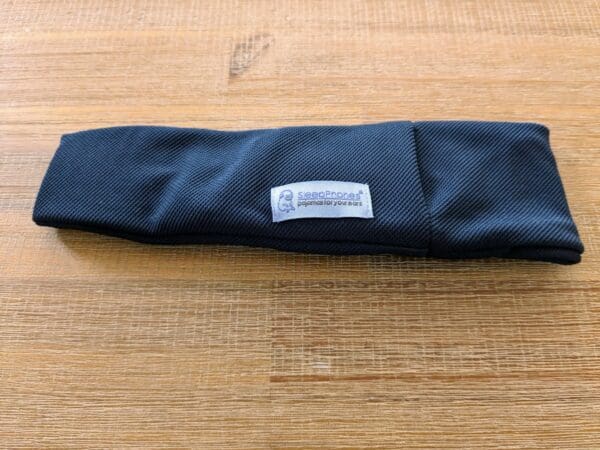

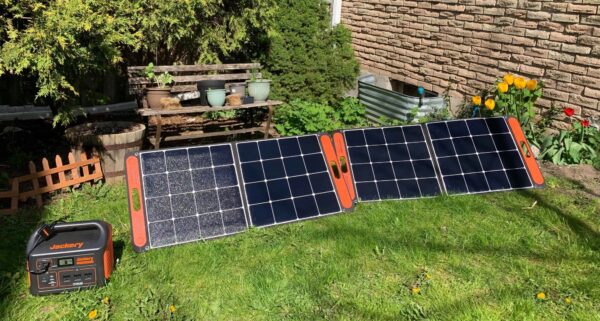
With services like Airalo and Instabridge the hassle (or fun adventure) of buying local SIMs is slowly fading away.
Absolutely. While there are still plenty of people traveling without eSIM-capable phones at the moment, I suspect I won’t be putting these guides together for more than another year or two!
I imagine there are still many, many phones in use that are not eSIM-capable. Mine included. So I’ll continue to use SIM cards for the foreseeable future. I prefer them anyway, for ease of swapping. 🙂
Yes, the SIM card will soon join the landline phones, answering machines, floppy disks, hard drives, CDs/DVDs/players, desktop computers, the many obsolete routers, set-top boxes etc on the over-burdened trash heap… .